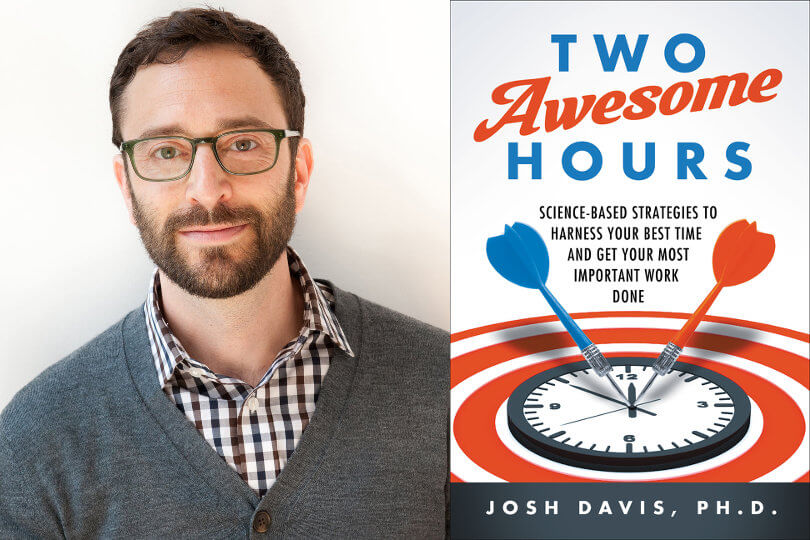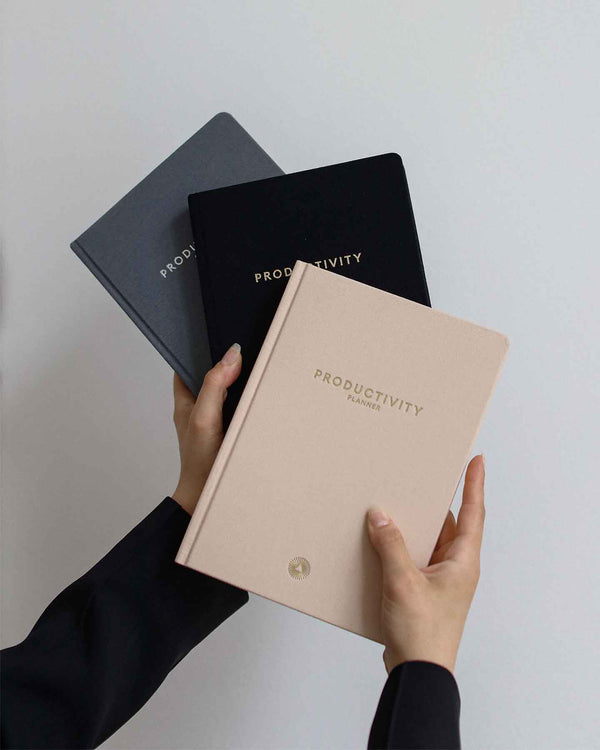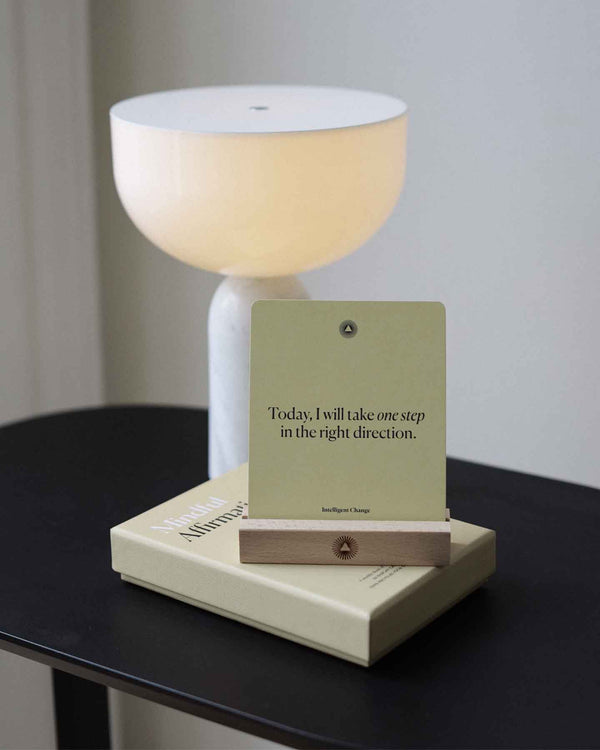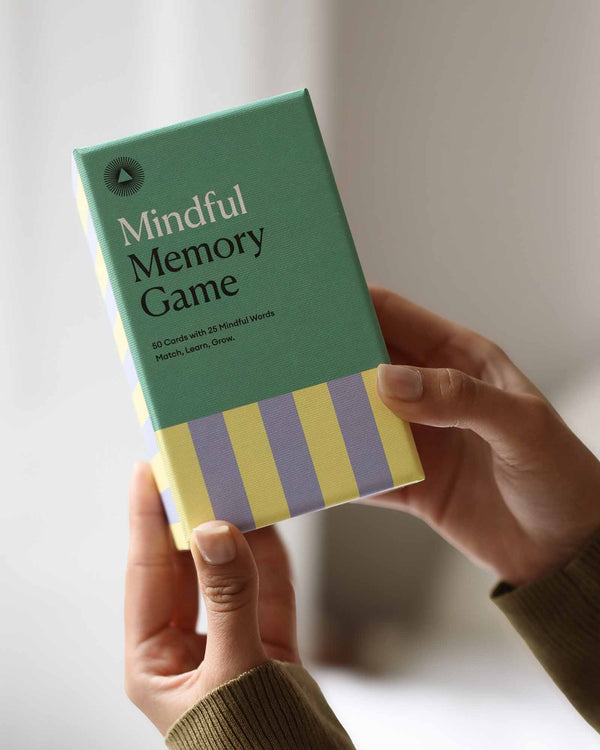Two Awesome Hours by Josh Davis Book Notes
by Kevin Evans
Other time-management experts advise us to get to what matters most first, because there may not be enough time for those tasks later. Yes, it’s valuable to separate the truly important from the urgent though less important. But there’s something frustrating about this advice. When all’s said and done, there are still a lot of things we have to do that are not the most important on the list. Some things matter because they affect our relationships, some because not doing them will—in the long run—get us fired, some because we agreed to a deadline and we can’t flake just because something else important is on that list.
Most successful people I meet want two things. The first is that they want to stop feeling out of control. The second is that they want to kick butt at work—they want to be masters of their craft.
Staying on task without a break and working longer hours are wonderful solutions for a computer or a machine.
THE 5 BIG IDEAS
-
Recognize your decision points. Once you start a task, you run largely on autopilot, which makes it hard to change course. Maximize the power of those moments in between tasks—that’s when you can choose what to take on next, and can therefore decide to tackle what matters most.
Manage your mental energy. Tasks that need a lot of self-control or focused attention can be depleting, and tasks that make you highly emotional can throw you off your game. Schedule tasks based on their processing demand and recovery time.
Stop fighting distractions. Learn to direct your attention. Your attention systems are designed to wander and refresh, not to focus indefinitely. Trying to fight that is like trying to fight the ocean tides. Understanding how your brain works will help you get back on track quickly and effectively when you get distracted.
Leverage your mind–body connection. Move your body and eat in ways that set you up for success in the short term. (You can eat and physically do whatever you want on your downtime.)
Make your workspace work for you. Learn what environmental factors help you be on top of your game—and how to adjust your environment accordingly. Once you know what distracts you or what primes your brain to be in creating or risk-taking modes, you can adjust your environment for productivity.
Note that I’m not suggesting you identify two specific and consistent hours every day (say, from nine to eleven A.M.) when you will aim to be effective. If you are like most busy professionals, you don’t always have control over when things need to get done. If you are a morning person and your boss asks you to give a presentation at the next staff meeting—in the middle of the afternoon—you better be in top mental shape when you deliver it. These strategies can help you set up the conditions for peak mental effectiveness at any time in your workday.
While I believe that you can accomplish great things under the right conditions, I’m not suggesting you’ll be able to get all your work done in just two awesome hours. I do think, however, that when you are mentally effective, you can accomplish whatever matters most to you at that moment, with pride in your work and inspiration to do more. The rest of the day you can devote to those tasks that don’t require much strategic or creative thinking: slog through e-mails, fill out forms, collect reimbursements, manage schedules, pay bills, plan travel, return phone calls.
1. Recognize your decision points
The first strategy for creating a couple of awesome hours of productivity is very simple. This strategy is to learn to recognize the few moments during each day when you have the opportunity and ability to choose how you spend your time. These moments are when a task ends or is interrupted—say, you are done with a phone call—and you must choose the next task you are going to engage in: should you answer an e-mail or prepare for a meeting? In my experience, we tend to rush through these moments, or decision points, in order to get back to doing something that feels “productive.”
Hurrying through one decision point—in between tasks—might save five minutes. Starting on the wrong task may cost an hour.
A group from San Francisco State University believes that the main function of consciousness is to make decisions when our automatic neural routines run into problems—in particular, when different simultaneous neural routines guide us to do competing physical actions.
The moment after a neural routine stops is one of the keys to two hours of awesome productivity. It’s in that moment that you get to decide how your next chunk of time will be best used. Is this the best time to check your e-mail messages and answer as many as you can before your next appointment? Or if you have two hours free, does it make more sense to immerse yourself in a project that requires you to focus for a long block of time?
There are three tricks to maximizing these decision points:
- Savor each decision point.
- Plan your decision points in advance.
- Don’t start a new task without consciously deciding it’s the right one.
A rather large body of research has shown that planning ahead for likely obstacles dramatically increases our chances of behaving how we would like to instead of just reacting. Planning in advance how we will behave in various situations has been shown to help people lose weight,12 control their emotions,13 and eat more fruits and vegetables,14 among many other benefits. These plans are called “implementation intentions.”15
An implementation intention is a plan to implement a certain action if a relevant cue arises. It is an if-then approach: If an interruption occurs, then I will take X action.
As soon as you finish a task, rather than thinking about what you can do easily right away, label this moment as a decision point. For example, when I hang up the phone after a forty-five-minute coaching session, I literally say to myself, “This is a decision point.” That’s enough to trigger me to pause. I sometimes even stand up and walk away from my computer or drink some water or coffee. Once I’ve let the mental dust settle, after running at full cognitive speed for forty-five minutes, I am more capable of deciding what’s worth my time to start on next.
2. Manage your mental energy.
Answering every e-mail involves making decisions, sometimes complex ones: Should I reply? Do I have to respond now? If I write it this way instead of that way, will the person react well to my e-mail or be offended by it? Should I delete it or file it for future reference? Should I write a short response or forward it to someone else? When answering e-mails, Tom has to make decisions about time, value, social consequences, alternative future scenarios, and perhaps emotional consequences. Even if an e-mail is, in the scheme of things, unimportant, there’s still a good deal of decision making that happens.
The reason emotions have a surprisingly powerful effect on our performance is that emotions have adaptive value—that is, they have the ability to help us cope with and respond to the situation at hand.
Anger (A store owner raising prices): For example, she may ruminate on how unfair it is that her profit potential is held hostage to the whims of shoppers who don’t understand the value of the products she sells.
Sadness: it seems that when we need to slow down, be thoughtful, and think critically, sadness can be a real resource.9 So if you’re on the receiving end of a sales pitch, you may want to remember how much you miss your childhood dog. And conversely, if you’re feeling super happy, you may avoid taking a sales pitch and use that positive emotion for something it’s good for instead—like getting to your creative work.
Anxiety: The next time you find yourself feeling nervous, see how it goes to say to yourself, No, I’m not nervous. I’m alert and ready to react.
If you want to be able to let unimportant things go more easily—look with a less critical eye some of the time—a positive mood can help.18 If it’s time to get creative, I suggest first getting into a positive emotional state. When you’re going to need to make decisions fast and there just won’t be time to deliberate, see if you can enter that situation in a positive mood.
Close your eyes and remember something that makes you generally happy—a favorite TV show, learning, chatting with a friend, relaxing for a few minutes with a book, getting some exercise, eating when you’re hungry, fantasizing about something you want, thinking about sex, having a good laugh. Remembering something that is emotionally positive helps to bring about positive emotion. Obviously, engaging in those things that make you happy, as opposed to simply remembering them, should help too!
If you feel spent after doing a task, there’s a good chance it is tapping into your self-control.
Here are some examples of common activities that can lead to mental fatigue:
- Switching frequently between one task and another
- Networking and making small talk
- Sitting still for hours
- Making cold calls
- Identifying errors and correcting them
- Planning or scheduling projects
- Keeping track of deadlines
We are not machines and cannot produce the same level of work every minute of the day. But if we strategically choose the order in which we complete the various tasks on our to-do lists, we can carve out two awesome hours when our brains are not as fatigued and get some amazing things done.
Ways to avoid mental fatigue:
-
Complete your most important work first thing in the morning, before your brain has been depleted by hundreds of small decisions. Think about the most creative and interesting task on your plate right now, or the one with the biggest long-term upside, and spend one to two hours first thing in the morning on it.
-
Consider the tasks on your to-do list for the day, and label each of them as “Important Decisions,” “Creative,” or “Other.” Carve out time late in the day (perhaps after your lunch, during your food coma?) to complete the tasks in the “Other” category. Knowing you’ve scheduled time for these makes it less likely that you will try tackling them earlier in the day, when your mental reserves are highest.
-
Try reading and responding to your e-mail messages for only one hour in the afternoon and reflect on whether doing so improved your ability to focus more clearly on tasks that require problem solving or creativity during the rest of the day.
-
Make a few decisions the night before you have a big day, so you won’t have to make them on the big day. They can be small (like what to wear or have for breakfast and lunch) or they can be large (like deciding what tasks actually matter to you to accomplish on the big day). Organize your to-do list based on those large decisions.
- Stop fighting distractions
3. Learn to direct your attention.
It is wholly unnatural to focus without wavering. If you have failed at maintaining continual focus throughout your work sessions, rejoice. If you had, you’d be remarkably dysfunctional.3
Since our work demands focus but our brains are wired to be distracted, one of the best tactics to effectively do our finest work is to remove all those distractors we set up for ourselves unnecessarily.
First tip = remove all obvious distractions. Put your phone on mute. Snooze email while working on a task. Etc.
The study (UC Santa Barbara) suggests that if you want to solve a particularly dicey problem, letting your mind wander by engaging in an unrelated and cognitively easy task can help you find some creative solutions to that problem.
I see two ways that you can increase your productivity by letting go of your focus in a deliberate way. The first is to actively enable mind wandering: After focusing on a problem for a while, switch to a task that is mildly demanding from a cognitive standpoint—but one that doesn’t require you to use your working memory11—and then come back to the original problem you are trying to solve.
Choose a task ahead of time, so you don’t have to try to remember it once your mind has already started to wander. That will increase the likelihood you’ll do it when the time comes. Pick a task that isn’t likely to last long (on the order of minutes) or to get you so lost on autopilot that you don’t come back. That way you can let your mind wander productively, rather than get absorbed in something else too compelling.
Examples to do:
- Appreciating a piece of art on the wall, a plant in the room, the view out the window, or photographs on your desk, and noticing the different shades of color;
- straightening up your desk, organizing your bookshelf, or cleaning up the whiteboard;
- listening to music and noticing all the different instruments in the piece you are listening to; •playing a little game, such as making a mark on a piece of paper every time you see someone walking while texting.
Examples to avoid
- filing paperwork (often there’s a lot to keep in mind to determine where everything belongs);
- reading a sports page, news feed, or blog post (it’s too easy to get highly focused on the content, which can block out mind wandering);
- checking and responding to your e-mail (which can both require working memory and grab a lot of attention);
- rehearsing a presentation or preparing for a meeting (memorizing information so you’ll have it accessible later can demand a lot from your working memory);
- working on a tough puzzle, like a crossword or a math game (both can require a lot of working memory).
The second way you can become more productive by letting go of your focus is through engaging in mindful attention.
Mindful attention means letting our thoughts go where they want to—that is, letting our minds wander—and, after noting without judgment that our thoughts have drifted, gently bringing our attention back to what we are experiencing in the present moment.16
4. Leverage your mind–body connection.
For peak mental functioning in these circumstances, we can add one more strategy: leveraging the immediate effects of physical activity and food to improve our mental functioning.
The mind and the body are so intertwined, in fact, that we often confuse how we feel physically with how we feel emotionally—and this can be an incredible tool when setting up two awesome hours of productivity.
Exercise is like a reset button. It is a reliable, effective, and fast-acting strategy for improving your mental performance. Moderate exercise—vigorous enough for you to work up a sweat but not to feel spent—is a game changer in the hours immediately after you exercise.
If you are feeling mentally sluggish and unable to focus, get out of your office and move right away. Walk very briskly for thirty to forty minutes. Go up and down the back stairs for ten or twenty minutes. Or if you belong to a gym nearby, take a break and exercise for twenty to thirty minutes on the treadmill, exercise bike, or your preferred machine. Try to break a sweat, but don’t overdo it.
In general, plan to work out for about twenty to forty minutes within a couple of hours before you next need to be awesomely productive.
So how much caffeine is necessary to reap benefits in your productivity? It depends on the person. You have to figure out the dose that is right for you—and then stick to it.
If you need a quick boost, a high-carb snack may help you focus and feel good for about fifteen minutes. If you need to be in top mental shape for longer than that, avoid carb-rich meals and snacks altogether: Don’t go for pasta dishes, sandwiches, or pizza. Leave out the juices, sodas, and sweetened iced teas. Skip the fries, chips, extra bread, and sweets.
5. Make your workspace work for you.
NOISE
One meta-analysis examined 242 studies on how noise affects performance and found that when it came to performing cognitive tasks—like staying attentive, reading and processing text, and working with numbers—performance was more affected by intermittent speech than by either continuous speech (which would have little variation in volume and rhythm) or nonspeech noise.1
Intermittent speech is when you hear a few words or sentences here and there with pauses in between. Like when colleagues who sit in the cubicles behind you turn and ask each other questions, or when someone else is on a phone call listening for a while and then speaking periodically.
Intermittent speech in the background may be the biggest problem for work performance, but that does not mean other noise (e.g., continuous speech, music, or white noise) is fine. A second meta-analysis looked specifically at the effects of listening to music in the background on performance. While researchers found that listening to background music tended to improve positive emotions, increase performance in sports, and make people do what they do a little faster, it also had disruptive consequences on reading.
In one study, the majority of kids (excepting those with the most severe attention problems in the classroom according to their teachers) in a middle school setting had worse memory in the presence of white noise as compared to no noise. Those with the most severe attention problems actually did better with the white noise.3
The researchers found that participants who were introverts had even more performance problems than extroverts. They theorized that introverts, who are generally more easily overwhelmed by stimuli, are more sensitive to the noise distractions.4
When participants worked on the creative challenge while listening to low noise (at fifty decibels—about the noise of a typical large office), they tended to be less creative than when they worked on the challenge while listening to moderate noise (at seventy decibels—a little quieter than the sound of a vacuum cleaner that is ten feet from you6).
It turns out that as the noise level increased, participants had more difficulty thinking. And the more difficulty they had thinking, the more abstract and “bigger picture”—in short, creative—their ideas were. Interestingly, higher noise levels (at eighty-five decibels—like a diesel truck driving by7) made thinking so difficult that the benefits of some noise on creativity went away.8
Tips:
- If your office has a door, close it. If you don’t have a private office, reserve a conference room or set up camp somewhere that is largely free of noise and other potential distractions. A place with privacy that is away from noise distractions will be more favorable to productivity.
- If your desk is in a shared space and you must stay there, put noise-cancelling headphones on. Those little squishy orange earplugs can sometimes do the trick too, and you can take them anywhere. You may look weird, but you’ll be more productive.
- Don’t listen to music or talk radio.
- If you are working at home, turn off the TV.
- If you’re taking on a task that requires lots of creativity, enjoy background noise. You may actually consider heading for the company’s busy cafeteria or a local coffee shop, or putting on a little music.
LIGHT
- Turn on more lights. A brightly lit room is better for being at your mental best than a darker one, especially if it’s a cloudy day or the middle of winter. If you have to, bring your own lamp to the office.
- If you can, be somewhere with ambient natural light on a day with clear blue skies, and set yourself up to work there.
- Consider replacing the current lightbulbs in your workspace with white lights that include more of the blue spectrum, even if it’s just at your desk lamp. Research suggests there’s a good chance you’ll activate your eyes’ retinal photoreceptive cells that communicate with your brain’s circadian clock, helping you stay more alert.
- Dim your lights a bit or find a spot that’s a little darker than usual when you want to work on a project that requires creativity.
WORKSPACE
- Clear the clutter. Do it late in the afternoon or evening when you don’t have much mental energy left to engage in more productive work. If you don’t have the time to clear it, simply move it somewhere that is out of sight.
- Place your phone, your glass of water, your pen, and any other work tools at the far corners of your desk, where you will need to reach for them expansively.
- Don’t sit at your desk for too long. We tend to become engrossed in working, so it will probably not be too much if you get up every time you think of doing so. If you can choose your workspace, choose one where getting up and moving around is easy to do.
- Personalize your workspace in some way. Specifically, consider adding some plants or images of water. When you personalize your space, though, don’t do it by adding clutter to your desk.









